Seeed x Microsoft x APH: Code Jumper for Inclusive Education on Computer Coding for Children with Special Needs
By Ye Seong SHIN 3 years agoCode Jumper Kit is an innovative educational tool designed for students with visual difficulties to enhance their computer coding and programming skills, developed by Microsoft, APH and Seeed. The Project facilitates students to gain access to, and learn about the latest technological information with joy, through which they can be self-empowered to do whatever they put their minds to do at present and in the future. By and large, Code Jumper Project contributes to the UN’s SDGs 4, 10, 8, 1, 17, 9, 16 and 5.
Project Name: Code Jumper Kit Project
Deployment Location: USA, Canada, Australia, UK, India
Targeted Industry Type: Inclusive Education
Project Partner(s): 
Our vision – the ability to see our life surroundings – is deemed to provide us more than 80% of information about the world we are living in. However, people with visual accessibility needs are, oftentimes, confronted with the limited choice architecture of information sources. (Gorbunova & Voronov, 2018). Dr. Penny Hartin, the CEO of the World Blind Union, passionately highlights the urgency of building an ecosystem of inclusive education for children, by facilitating the least restrictive educational environment:
“Disability is both a cause and effect of poverty, unfortunately. … there aren’t enough resources to provide the proper support and programs for the general population. … In that case, there simply aren’t the resources to provide the extra assistance for people who have disabilities. … In many parts of the world, … less than 10% of children, who [have low or no vision], would have the opportunities to go to school, if at all. If they come from a rural village, they’re probably not going to get any opportunities to go school to learn. … That’s the situation for education. It would be similar for health care, it would be similar for access to rehabilitation, and also certainly for employment. … [Therefore,] It’s very important for children to get the best possible education in the least restrictive environment.” (Perkins School for the Blind, n.d.).
To address this issue, technologically-upgraded learning tools have been developed that function as the breakthrough for obtaining information and tailored educational support. Nevertheless, in order for us to make education fully inclusive for everyone, we – as technology developers, makers, and innovators – should be empowered to learn, promote, and share inclusive designs for accessible education. (Metatla et al, 2018). Moreover, when it comes to computer programming and coding for children with special needs, we are obliged to develop ICT education by tailoring hardware, software, and other resources to digitally enhance inclusive education, that takes into account all children’s uniqueness and differences (Figure 1, Gorbunova & Voronov, 2018).
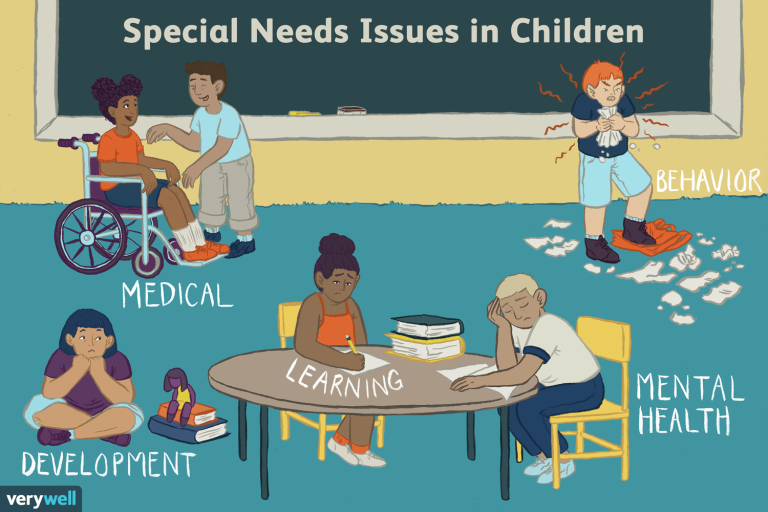
Figure 1. Embracing the Special Needs of Children in Inclusive Education (Enabled.in, 2019)
What’s the Challenge?
How to facilitate inclusive education of computer coding and programming for children with low or no vision?
What’s the Project About?
Code Jumper Kit is an innovative educational tool designed for students with visual difficulties to enhance their computer coding and programming skills (Code Jumper, n.d.). This Project was first designed by Microsoft, and then later operated by American Printing House for the Blind (APH) through the collaboration with Seeed Studio. “Code Jumper” is a physical computing language based on block coding, which has the shape of a power strip, and can be placed on a desk as an object (Figure 2). Code Jumper Project facilitates students to gain access to, and learn the latest technological programming and coding skills with joy, through which they can be self-empowered to do whatever they put their minds to do at present and in the future. (APH, 2020).
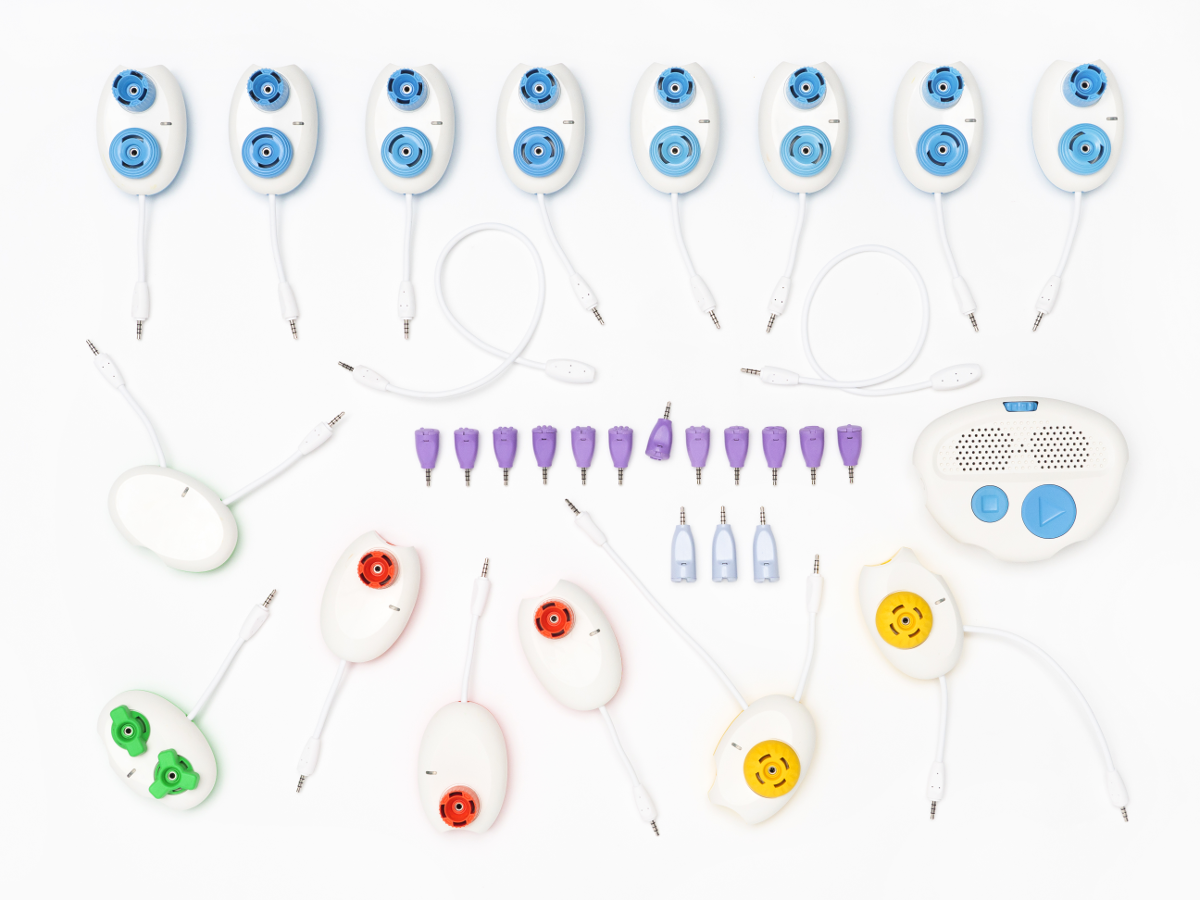
Figure 2. Code Jumper Kit
(Code Jumper, n.d.)
Established in 1858, the American Printing House for the Blind (APH) has been the world’s biggest non-profit organization in making education accessible for all, by creating educational contents, products, and services for people who have low or no vision. With its mission to empower the people by means of accessible and innovative products, materials and services, APH strongly believes that our future belongs to everyone. (APH, n.d.). By joining the hands of APH, Seeed aims to create things that can make a real difference in people’s lives in this era of 4th Industrial Revolution.
Back in June 2017, when Code Jumper Project was still under development by Microsoft, with its original name of “Project Torino”. During the project’s conception stage, one of Microsoft’s labs discovered a simple way to teach coding by “physical programming language” in the form of connecting pods. (Heater, 2019). Yes, once Cecily Morrison – Microsoft’s computer scientist, researcher, and project leader of this Project – quoted:
“It became really clear that the most popular path to introducing young children to coding wasn′t very accessible. We realized we really need something physical; something that would excite the hands.” (Code Jumper, n.d.).
Simultaneously, Seeed participated to offer engineering support to its early-stage product design – such as product testing, quality check, and material optimization, among other things. When the Project shifted to APH’s discretion, we have been continuously working for the Project as the manufacturing partner. At that time, Seeed’s role was to obtain relevant engineering certifications (BQB, CE, FCC, IC, RCM, RoHS, REACH), and to produce and deliver 2 batches of 1000 units of Code Jumper Kit. For this project, Seeed’s one-stop and customized manufacturing services were helpful for APH in swiftly prototyping their hardware products. For other types of projects that deploy IoT development, we offer a variety of services to support hardware projects from prototypes to mass production: prototype design, PCB manufacturing, parts procurement, turn-key assembly, mechanical parts manufacture, packaging services, quality inspections, and shipping provisions. As Eric Pan, the Founder and CEO of Seeed, expresses how this multi-stakeholder partnership among private companies and non-profit organization can make synergy effects for the UN’s SDGs:
“We’re thrilled to work with Microsoft and APH on this amazing project. … Microsoft has been a great player in powering up SDG projects with technology. APH as a non-profit organization, has been long empowering people who are … visually impaired by providing accessible and innovative products, materials and services. We’re looking forward to working with them and continuing to bring about more amazing SDG projects to the market.”
Block coding is a learning-by-touching method of coding and programming by utilizing tactile blocks. So far, block coding is recognized to be the simplest, and the most fundamental form of computer programming, because it eliminates the necessity of writing complicated (and oftentimes esoteric) codes on computer screens. (Funtech, n.d.). How does it work? By holding the physical block codes/pods in hands, all students can learn together in an inclusive setting. Most importantly, any teacher can facilitate Code Jumper lessons without any prior computer science knowledge. In this way, students with low or no vision not only can learn basic programming concepts like sequence, iteration, selection, and variables, but also they are encouraged to think computationally to develop diverse problem-solving scenarios for a given challenge (Figure 3).
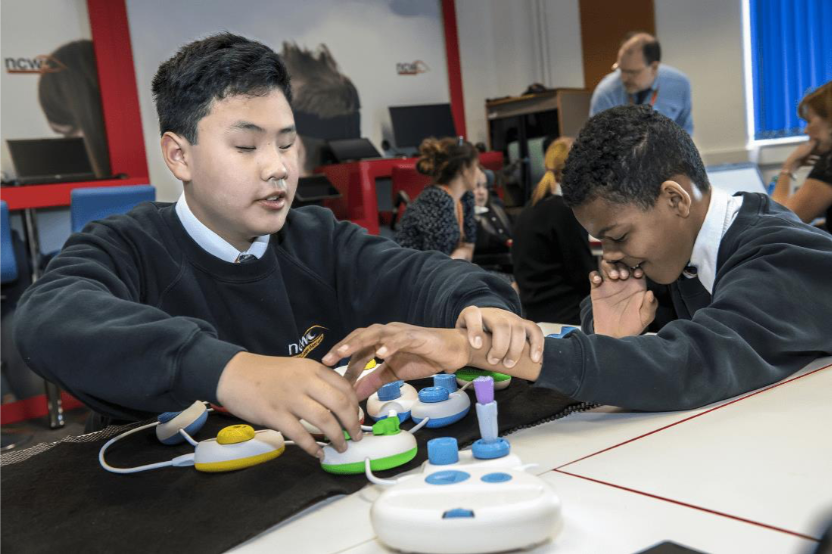
Figure 3. Students Learning Problem-Solving Skills with Code Jumper Kit
(Heater, 2019)
A Code Jumper Kit consists of the following elements (APH, 2021), that can be purchased here:
- Quick Start Sheet (Both in Print and Braille)
- Online Student and Teacher Lesson Plan
- Durable Code Jumper Kit Case
- 1 Code Jumper Hub
- 8 Play Pods, 3 Pause Pods, 2 Loop Pods, 1 Selection Pod, 1 Merge Pod
- 8 Constant Plugs, 3 Variable Plugs, 1 Random Plug, 1 Infinity Plug, 1 Plus Plug, 1 Minus Plug, 1 Bag for All Plugs
- 1 Extender Cable
From the above-mentioned elements, it also offers an educational curriculum “Online Student and Teacher Lesson Plan”, which encompasses diverse guided activities, unplugged activities, tutorials, exploration time, journaling, and assessment. This curriculum starts from teaching fundamentals of computer programming, to gradually including more complex subjects like topographies and binary numbers. All the lessons and educational resources can be downloaded from the Code Jumper website here. For Windows, Android and Chromebook devices, you can get started with Code Jumper through downloading “Code Jumper APP” (APH, 2021).
Now, on 7th of November, 2019, we received the news from APH, that Code Jumper was nominated for the Consumer Electronics Show (CES) Best of Innovation Award 2020 (Figure 4). The CES Best of Innovation Award is an annual competition for selecting the most outstanding design and engineering products in consumer technology across 28 categories, among which Code Jumper Project was recognized as the Best of Innovation for its “Accessibility” category. It was a great honor for us to have partnered with Microsoft and APH for fully developing and manufacturing Code Jumper Kit, which is used for making education inclusive for all.
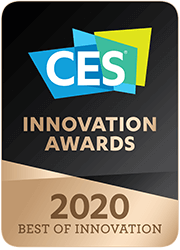
Figure 4. Code Jumper Project Won CES Best of Innovation Award 2020
What’s most worthwhile for us though, is that Code Jumper Kit users have found it to be a pragmatic and useful way of learning computer coding and programming in an inclusive classroom (Code Jumper, n.d., Figure 5):
“I felt very independent, and I liked that. It made me inspired to do more coding.”
– Daniel Johnson, 11-year-old student at New College Worcester, UK
“There really isn′t an equivalent to this physical way of programming.”
– Jonathan Fogg, Head of Computing and IT at New College Worcester, UK
“If you put this in a classroom, not only is the student who is blind going to be using this, but every student in the classroom is going to want a crack at it. From a teacher′s perspective, that′s all you ever really want–something that′s inclusive.”
– Dr. Craig Meador, President of APH
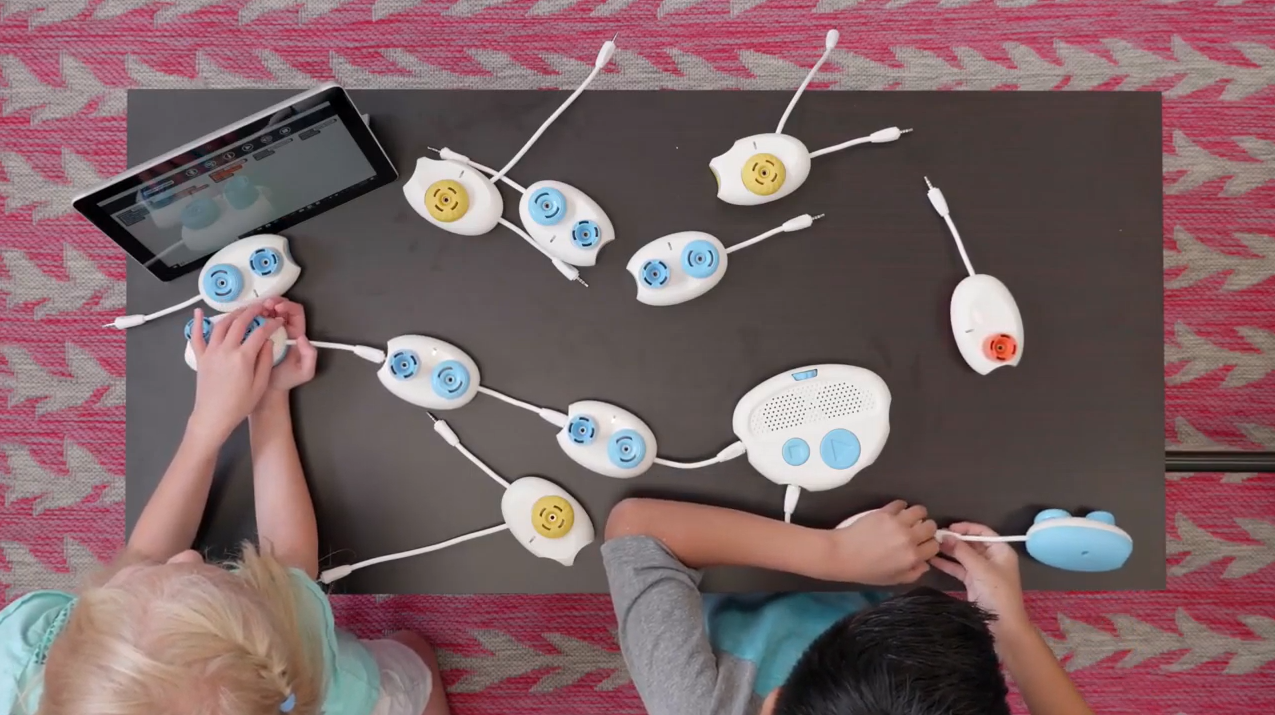
Figure 5. Children Playing with Code Jumper Gadgets
(APH, 2020)
Last but not least, Frank Hayden, the Director of Technical and Manufacturing Research at APH, shares how we have been of service for this Project:
“Seeed has played a giant role in getting this product fully developed and manufactured. We have all been through a lot with this project. With all of the problems we have faced and all that we have overcome to bring this product to market, we have built a good deal of trust and respect between our two teams. I wanted you all to know that the quality of your work has been recognized not only by people here at APH, but also by people outside of APH. Thank you for partnering with us on the Code Jumper Project.”
Which SDGs Are Relevant?
Today, we re-realized the significance of multi-stakeholder partnerships, through which an improved and holistic project planning and implementation are possible for a good cause. Code Jumper leaves us food for thought on why achieving the UN’s SDGs are critical than ever before, especially with regards to making technological education accessible and available for all students, without distinction of their nationality, culture, language, and special needs (Figure 6).
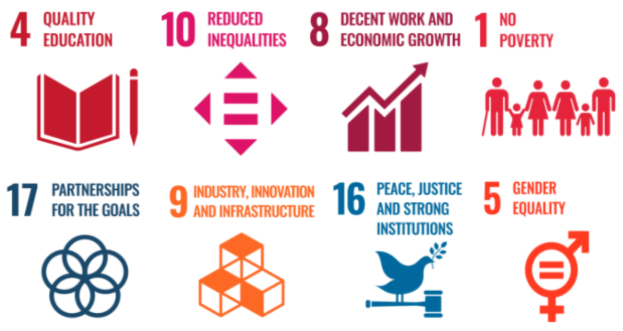
Figure 6. Code Jumper Project’s Contribution to the SDGs (UN, 2016)
When we take a deeper look at the 8 SDGs, we can actually narrow down the scope of the goals for Code Jumper Project. By doing so, we can get an improved understanding on how the SDGs are interconnected with one another:
- Secure equal access to all levels of education and training for people with disabilities (Target 4.5)
- Provide all girls and boys with equitable and quality primary/secondary/technical/vocational education for decent jobs and entrepreneurship (Targets 4.1, 4.3, 4.4)
- Facilitate social inclusion of all people, irrespective of age, sex, race, and disability (Target 10.2)
- Make sure equal opportunities are created by taking actions (Target 10.3)
- Support productive activities, decent job creation, entrepreneurship, creativity, and innovation, especially to accomplish decent employment for persons with disabilities (Targets 8.3 & 8.5)
- Decrease the percentage of children living in multidimensional poverty according to national definitions by ensuring resource mobilization through development cooperation (Targets 1.2 & 1.A)
- Foster North-South, South-South, and global cooperation/partnerships (private-civil society) on accessibility issues of scientific and technological knowledge for sustainable development (Targets 17.6, 17.9, 17.16, 17.17)
- Enhance technological capabilities by augmenting access to ICTs (Targets 9.5 & 9.C)
- Safeguard equal access to justice for all (Target 16.3)
- Upgrade the usage of ICTs to promote self-empowerment of girls and women (Targets 5.B & 5.C)
In short, Code Jumper Project enlightens us about the significance of tailored educational tools for social inclusion of all students with their sparkling uniqueness. Such a small but meaningful experience in children’s education is nothing but enough to plant a seed of self-empowerment for reimagining the future, and for re-identifying oneself as a capable human being. If you would like to learn more about our tailored design and technological manufacturing services for your inspiring projects, you can check out more details here and reach out to us sooner than tomorrow: propagate@seeed.cc.
About Author
Ye Seong SHIN
Sustainability and CSR Manager at Seeed Studio
。
Jointly organize/participate in multi-stakeholder projects/platforms/events/webinars/workshops/hackathons/etc. to accelerate SDGs with local communities and open tech anywhere in the world by connecting with Ye Seong SHIN today on LinkedIn.
。
Seeed Studio is the IoT and AI solution provider for all types of traditional industries’ sustainable digitalization. Since its establishment in 2008, Seeed Studio’s technological products and customization services are used for smart agriculture, smart cities, smart environmental monitoring, smart animal farming, smart aquaculture, meteorological monitoring, STEAM education, and all types of emerging scenarios enabled by the Industry 4.0. With the company’s mission to “Empower Everyone to Achieve Their Digital Transformation Goals” (which shares similar values with SDGs’ Motto of “Leave No One Behind”), Seeed Studio is devoted to using open source technologies for accelerating SDGs with multi-stakeholders from UN agencies, academia, companies, CSOs, governments, public/private organizations, and so on. This is why, Seeed Studio also founded “Chaihuo Maker Space”, and started China’s first Maker Movement by annually organizing “Maker Faire Shenzhen”.
